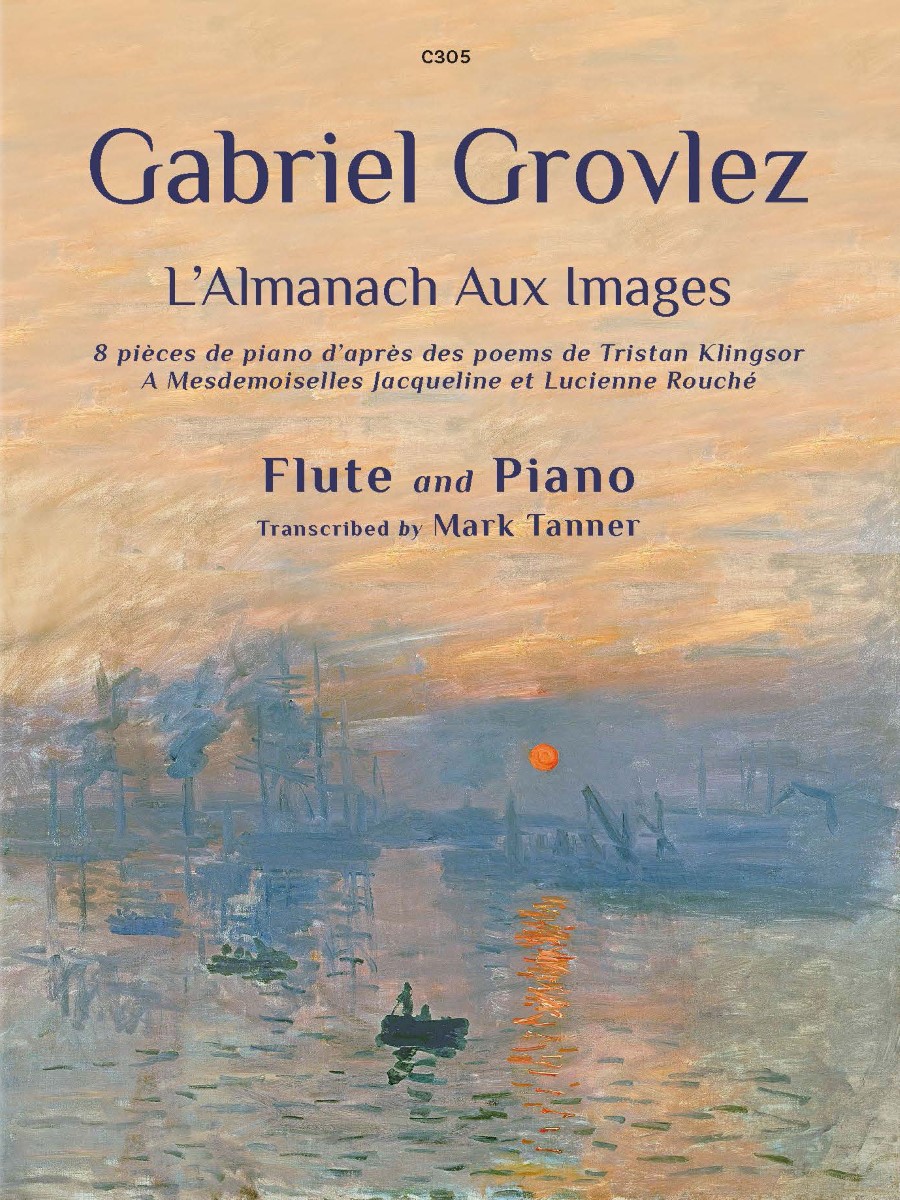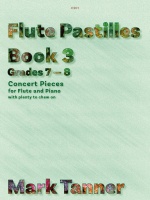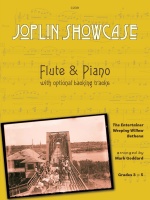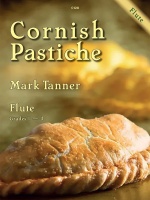Your basket is currently empty!
L’Almanach Aux Images: 8 pieces d”apres des poems de Tristan Klingsor

Description
L’Almanach Aux Images is a collection of eight beautiful pieces were originally written for piano in 1911, transcribed here for flute and piano by Mark …Tanner. The music is inspired by the poems of Tristan Klingsor and dedicated to Mesdemoiselles Jacqueline and Lucienne Rouché.
1. Les Marionnettes
A marionette is a string-operated puppet. Popular from as far back as Ancient Greece, and increasingly the focus of entertainment during the Middle Ages and Renaissance period, it has been proposed that the art of puppetry was the logical precursor to the appearance of live actors in the theatre. Stravinsky’s ground-breaking ballet Petrushka, which was completed in 1911 (the same year as Grovlez’s L’Almanach, incidentally), undoubtedly remains the best-known evocation of a puppet.
2. Berceuse de la Poupée
‘Lullaby for a doll’, though a seemingly improbable starting point for a musical work, functions beautifully next to the marionettes in Grovlez’s magical, image-rich world, though I detect something faintly subversive bubbling under the surface of this sublime melody.
3. La Sarabande
The ‘Sarabande’ is a stately dance in triple-time with a characteristic gentle emphasis on the second beat and was, apparently, first referenced in print in Central America during the 16th century (zarabanda). It rapidly grew in popularity over successive centuries, especially within the Spanish colonies – and of course in Spain itself – where its reputation as having being ‘invented in hell’ (according to Cervantes) assured it a place in dance suites from Bach’s time onwards.
4. Chanson du Chasseur
‘Hunter’s Song’ is a rollicking, rum-tee-tum piece of great insouciance and swagger. The 6/8 rhythms and horn-like proclamations ride delightfully roughshod throughout the music.
5. Les Ãnes
‘The Donkeys’. I presume Eee-orrr has the same connotation in French! – moreover, the comical spirit of the music is not so far removed from Ibert’s famous Le Petit Âne Blanc (Avec une tranquille bonne humeur) from Histoires, a set of ten Debussy-inspired pieces composed in 1922.
6. Le Pastour
‘The Shepherd’ remains an intriguing source of musical inspiration – composers such as Bach, Mendelssohn, Cyril Scott and countless others were clearly enchanted by the biblical symbolism and innocence of which the shepherd seems perennially suggestive.
7. Chanson de L’Escarpolette
What an appropriate title ‘Swing Song’ is for this sunny, lilting tune in the style of a Viennese Waltz. Grovlez entirely captured the carefree mood and, judging from his many markings, wished the music to be highly flexible in tempo.
8. Petites Litanies de Jésus
Though the final item in L’Almanach, for me this remains the gem of the set. Tristan Klingsor’s poem fits the syntax of the rapt melody down to the last syllable, as I discovered some years ago when contemplating making a choral arrangement of the piece.
R.R.P £13
Our Price £11.05
Shipping Costs: No shipping




